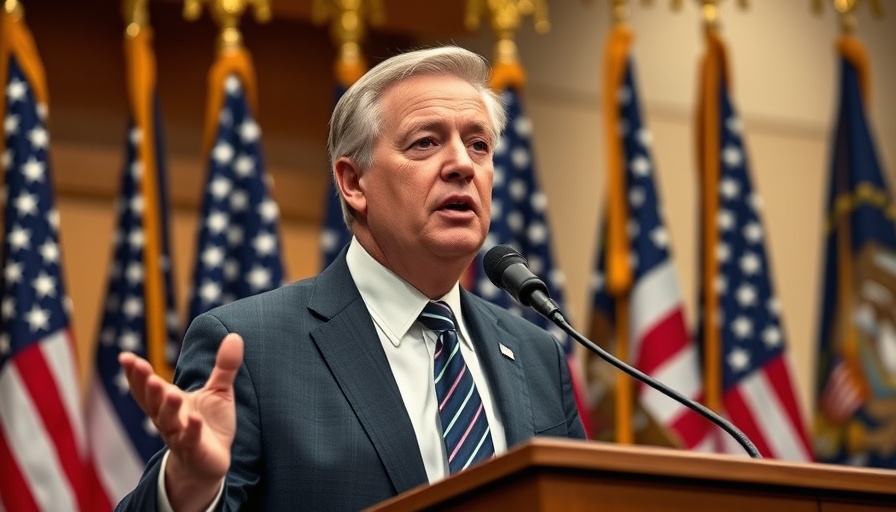
The Stakes of U.S.-China Trade Relations
In recent years, U.S.-China trade relations have been predominantly characterized by tension and fierce tariff battles. As two of the largest economies in the world, both countries have felt the impact of these tariffs on a global scale. The negotiations held in Switzerland, as reported by U.S. Treasury Secretary Scott Bessent, reflect a significant juncture in attempts to stabilize and improve these relations. Stronger ties between these countries could signal a more predictable marketplace, not only for them but also for economies worldwide that depend on stable trade routes and foreign investments.
Unpacking 'Substantial Progress'
While Bessent indicated that substantial progress has been made in discussions around tariffs and trade policies, the lack of detailed disclosures leaves room for speculation. Trade Representative Jamieson Greer's comments about the rapid progress suggest that the differences may not be as pronounced as previously thought. This view contrasts sharply with the sentiments during earlier negotiations, which were much more contentious. It harkens to the notion that diplomacy can sometimes yield quick resolutions, especially when both parties recognize the stakes involved.
Reactions and Responses from Both Sides
The absence of immediate comments from Chinese officials necessitates a cautious analysis of the talks' outcomes. This secrecy can be interpreted in several ways. It may indicate that Chinese representatives are aware of the sensitivities surrounding public perceptions of these negotiations. Alternatively, it could suggest a degree of reluctance to publicize any agreements until they are fully finalized. In a world where trade relations are public spectacles, the silence could be a strategy or a sign of negotiation fatigue.
Trump's Influence on Trade Dynamics
Former President Donald Trump's influence on these negotiations remains palpable, despite the change in administration. His social media posts suggesting a "total reset" in tariff discussions reflect an ongoing link to the past policy decisions that significantly impacted bilateral relations. The previous approach emphasized a hardline stance on tariffs, which many believe exacerbated tensions and market instability. Future negotiations may benefit from assessing the outcomes of earlier policies to avoid repeating costly missteps.
Future Predictive Insights: What Lies Ahead?
Looking forward, the potential for a constructive resolution to the tariff disputes may very well hinge on continued dialogue and collaboration. Experts anticipate that if substantial agreements can be reached, we could see an economic revival fueled by greater trade flow. Assessments also suggest that easing tariffs could catalyze a boost in consumer confidence both in the U.S. and internationally, creating an environment ripe for growth.
Learning from Past Negotiations: Lessons to Implement
While optimisms regarding the current discussions are warranted, it's essential to glean lessons from past negotiations. In particular, maintaining open lines of communication, being transparent about intention, and fostering mutual respect among negotiators are vital components that can lead to fruitful outcomes. Engaging industry leaders and stakeholders for real-world feedback and insights could also facilitate improved decision-making processes as these negotiations continue.
Harmonizing Trade for Global Stability
Ultimately, the state of U.S.-China trade relations possesses significant implications not only for both countries but for global trade networks. The world economy is deeply interwoven, making it paramount for major economies to foster collaboration rather than conflict. Should the recent talks lead to actionable agreements and resolutions, it may pave the way for a framework that prioritizes sustainability and balance in future trade actions—not just between the U.S. and China, but across the globe.
While the outcome remains uncertain, the commitment to discussion symbolizes a step towards diplomacy and shared growth, reflecting a hopeful narrative amidst a previously fraught landscape. Moving forward, watching how these discussions unfold will be crucial not only for industry stakeholders but for consumers who ultimately feel the ripple effects of these pivotal negotiations.
 Add Row
Add Row  Add
Add 




 Add Row
Add Row  Add
Add 

Write A Comment